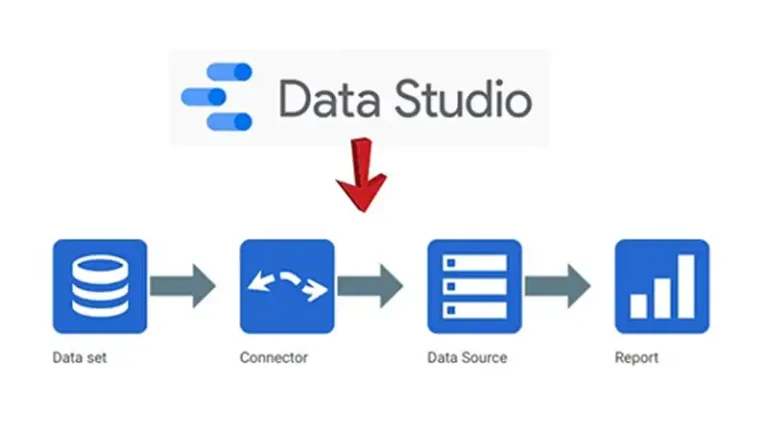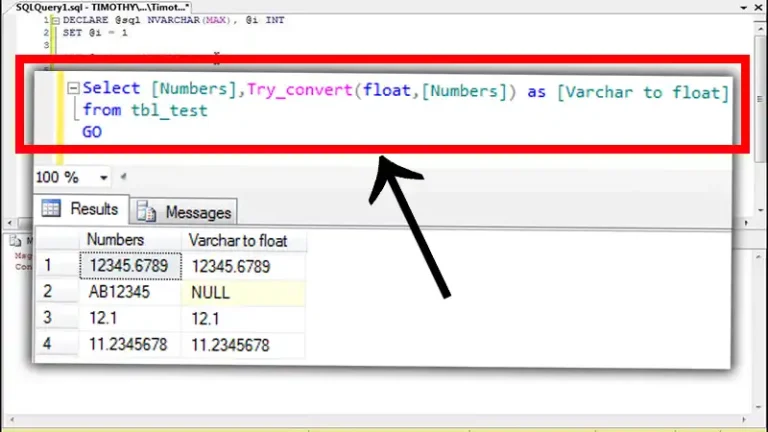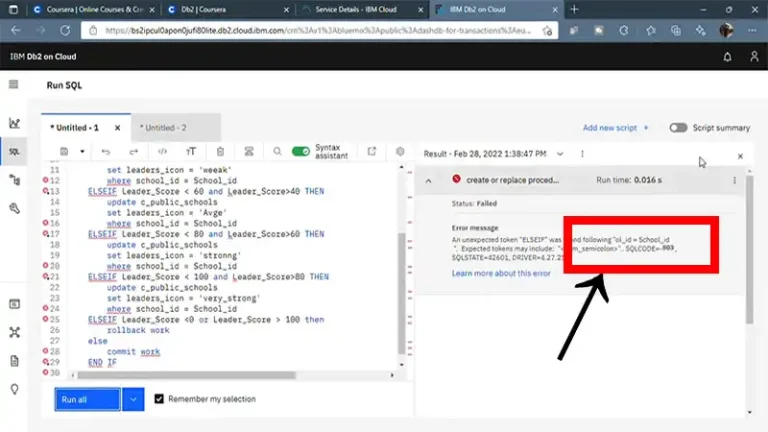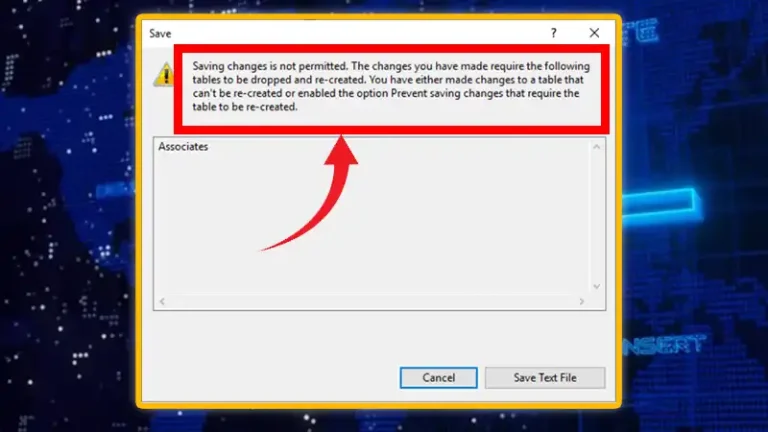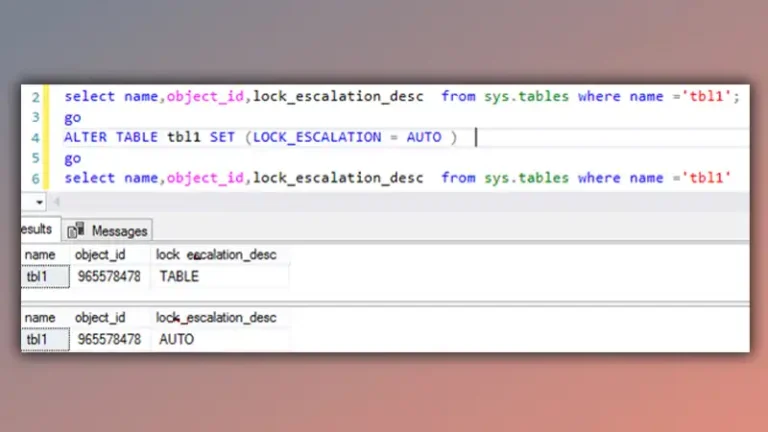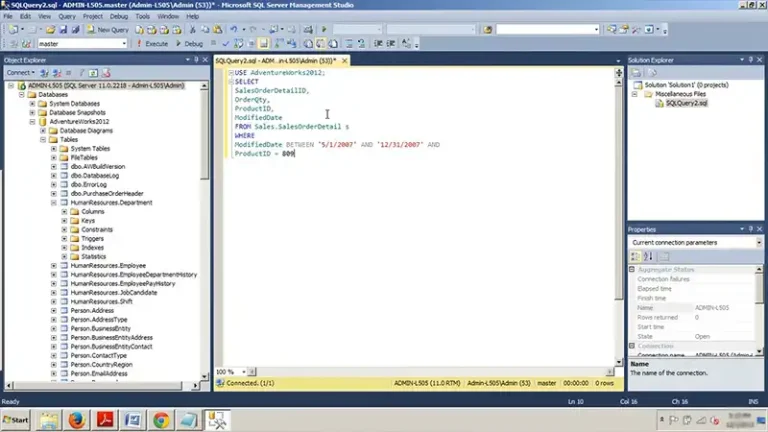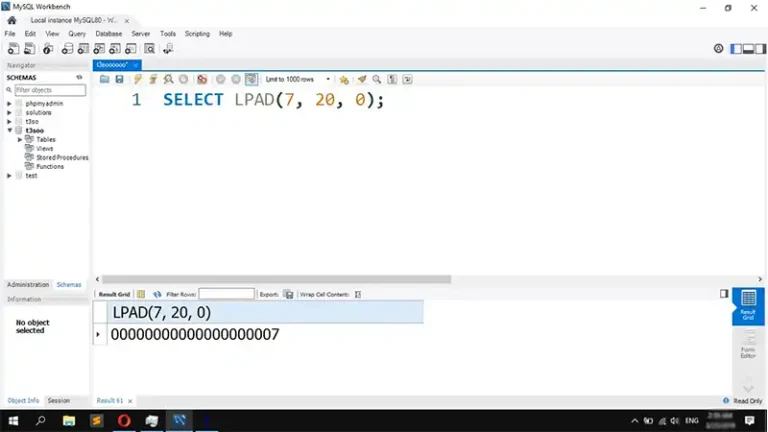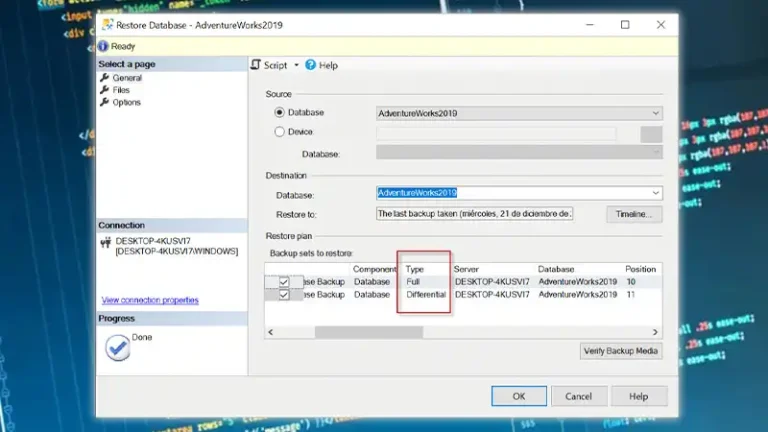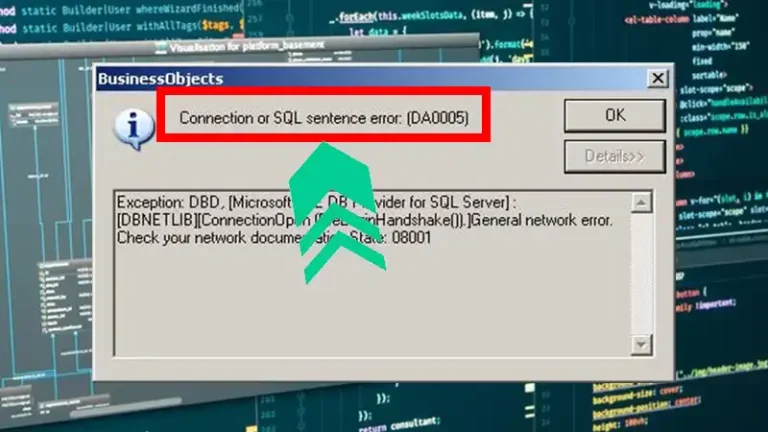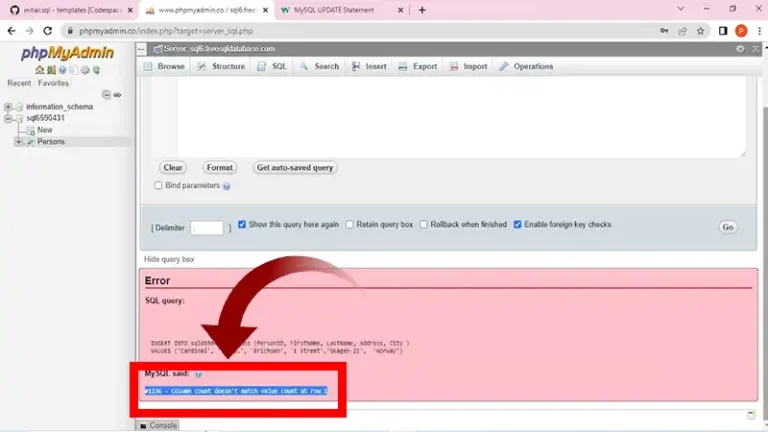How to Connect Google Data Studio to SQL Server | A Comprehensive Guide
Connecting Google Data Studio to SQL Server—a powerful integration for transforming raw data into interactive reports. This enhances data exploration, facilitates seamless collaboration, and promotes informed, data-driven decision-making across teams. This article will provide a comprehensive, step-by-step guide on how to connect Google Data Studio to SQL Server. Prerequisites for Connection to SQL Server Before…

